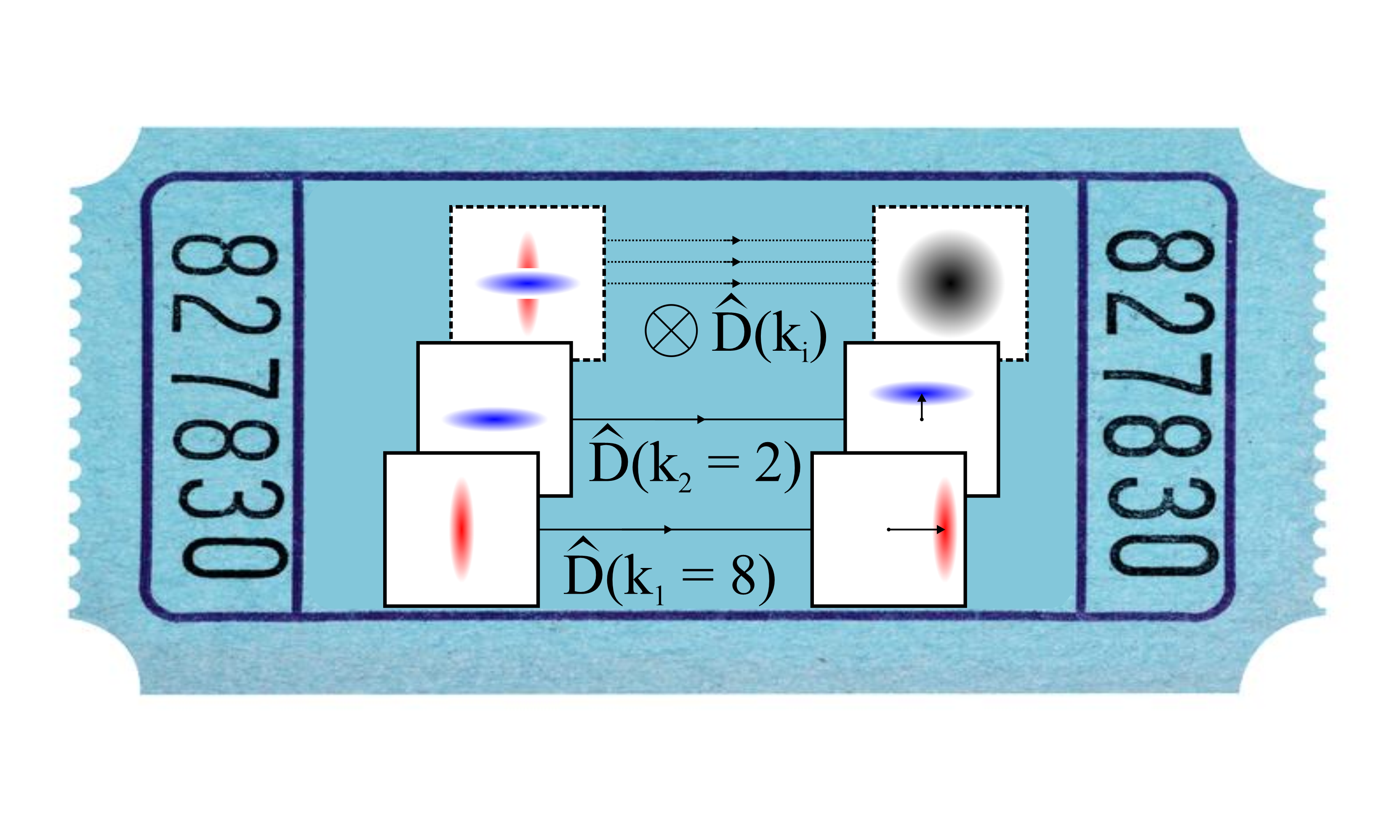Microwave Quantum Cryptography

The secure transmission of classical information is of tremendous importance in our society, e.g., when exchanging information on finances, health, or private issues. However, the advent of quantum computing poses a serious threat to classical encryption methods. One possible solution is the use of quantum cryptography methods, either based on actual or virtual entanglement between the communicating parties. Once a Q-LAN between quantum computers is realized, the exploration of such protocols is a natural task. Among various cryptography protocols, quantum key distribution (QKD) has the most obvious application potential. Ideally, QKD exploits quantum resources for the intrinsically secure exchange of a classical key for encoding a classical message (text, music, video etc.) between partners. At WMI, we use and extend the well-established toolkit of quantum microwave technology to implement QKD schemes. Potential advantages of microwaves are high secret key rates due to large absolute bandwidths and the potential for short-distance free-space implementations. The latter promise compatibility with the existing classical microwave infrastructure and ranges comparable to that of current 5G.
